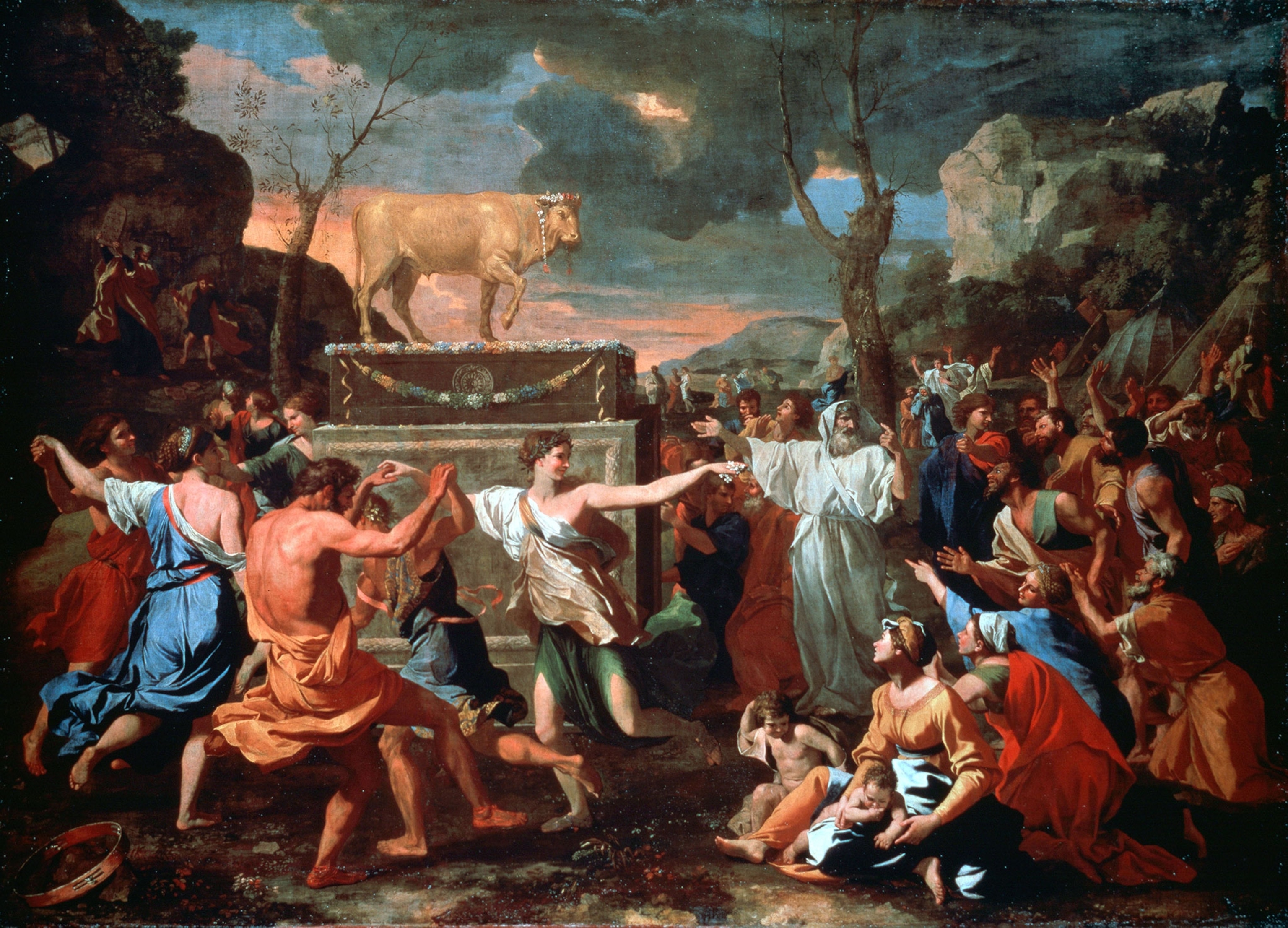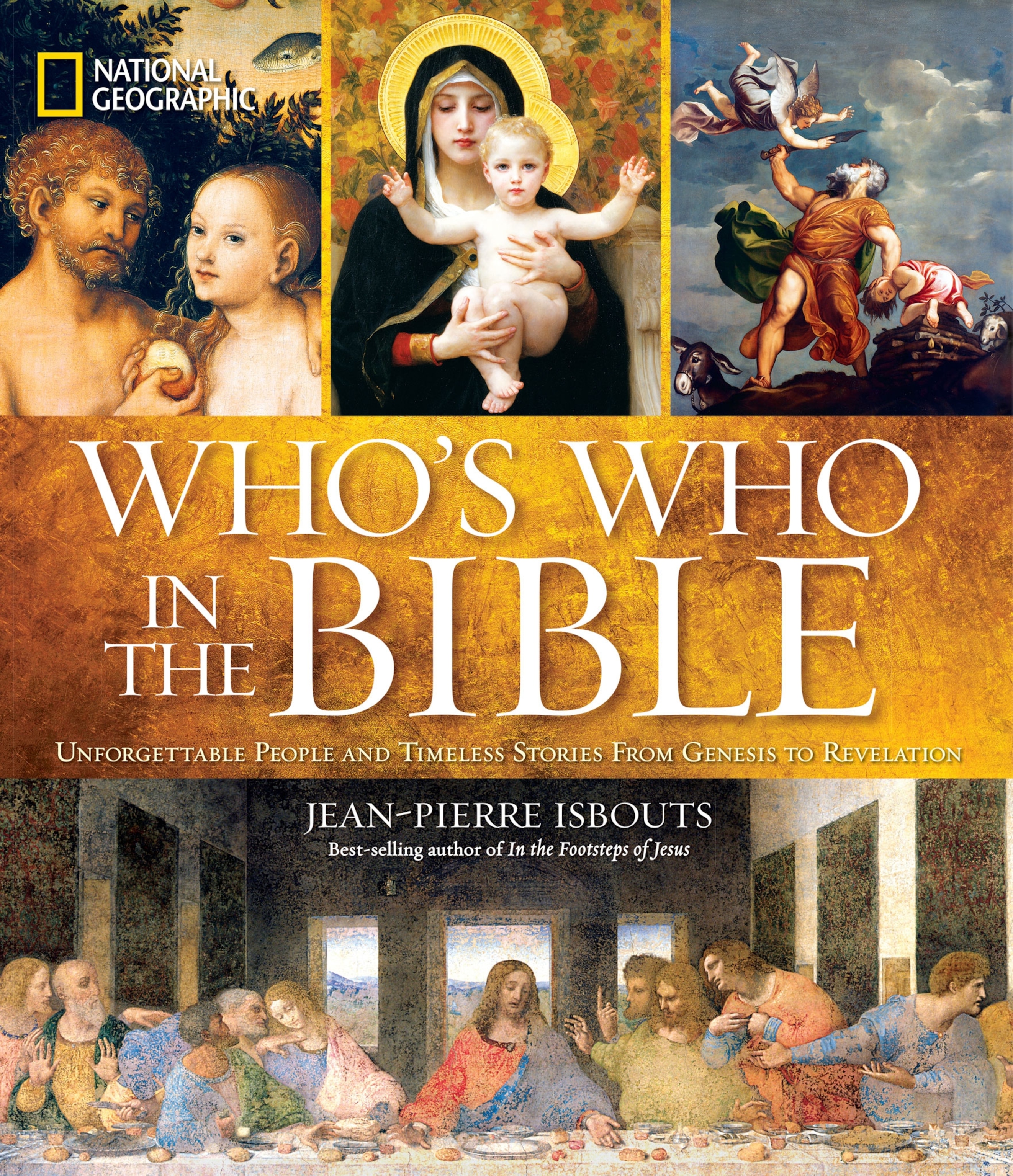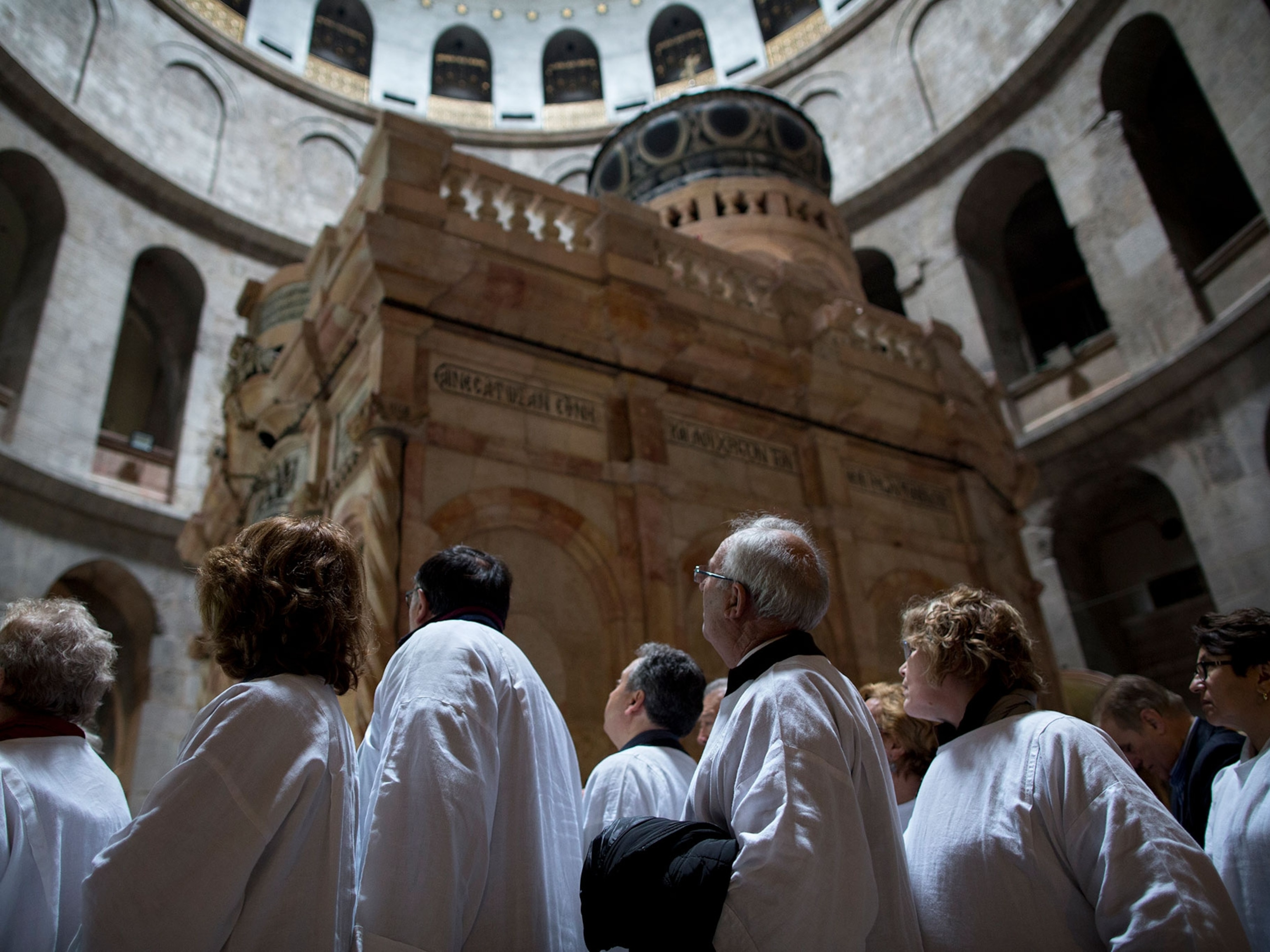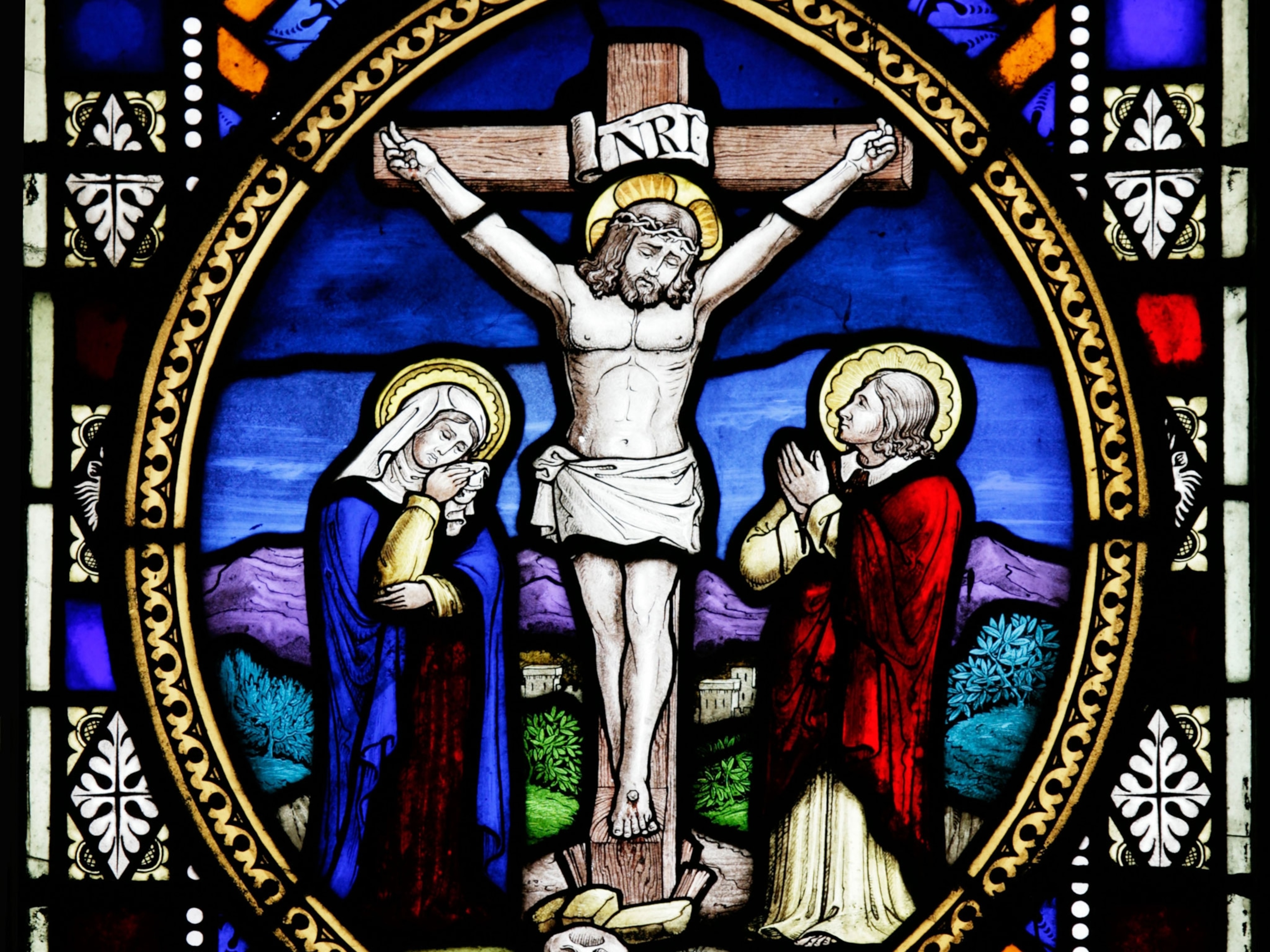
Why Moses’s brother worshipped a golden calf
Although Aaron induced plagues against Pharaoh, his weak faith led to the death of 3,000 men and the destruction of the original Ten Commandments.
The Bible’s portrayal of Aaron is that of a conflicted personality. In Egypt, Aaron was a faithful companion to his brother Moses. He attempted to impress Pharaoh with magical signs, such as changing his rod into a serpent and inducing many of the plagues. As a reward for his service, Aaron was anointed as Israel’s first high priest, while his tribe of the Levi was chosen for priestly service (Exodus 28–29).
However, when Moses went to Mount Sinai to receive the Ten Commandments, the Israelites grew impatient and Aaron’s resolve collapsed. According to Exodus, they “gathered around Aaron and said to him: ‘Come, make gods for us, who shall go before us’” (Exodus 32:1). Rather than remaining steadfast in his faith, Aaron gave in. He ordered the people to collect all the gold in their possession, and used it to create a golden calf for worship. He then ordered a great feast, and all the Israelites “rose up to play” (Exodus 32:6).
The choice of this idol was no accident. It was a symbol of virility and strength associated with the Canaanite god El, and such idolatry would persist into the period of the divided monarchy. King Jeroboam I of the Northern Kingdom of Israel commissioned two golden calves for the sanctuaries of Yahweh in Bethel and Dan, to serve as the Lord’s attendants. Some scholars believe that Aaron’s golden calf was not meant to displace God, but to make him more tangible to the Israelites, using Canaanite iconography that would become known throughout Israel.
When Moses descended from Mount Sinai, he was so incensed by this pagan image that he smashed the stone Tablets of the Law and ordered 3,000 males to be put to death. Moses had to ascend Mount Sinai again so that the stone tablets could be written once more (Exodus 34:2).






